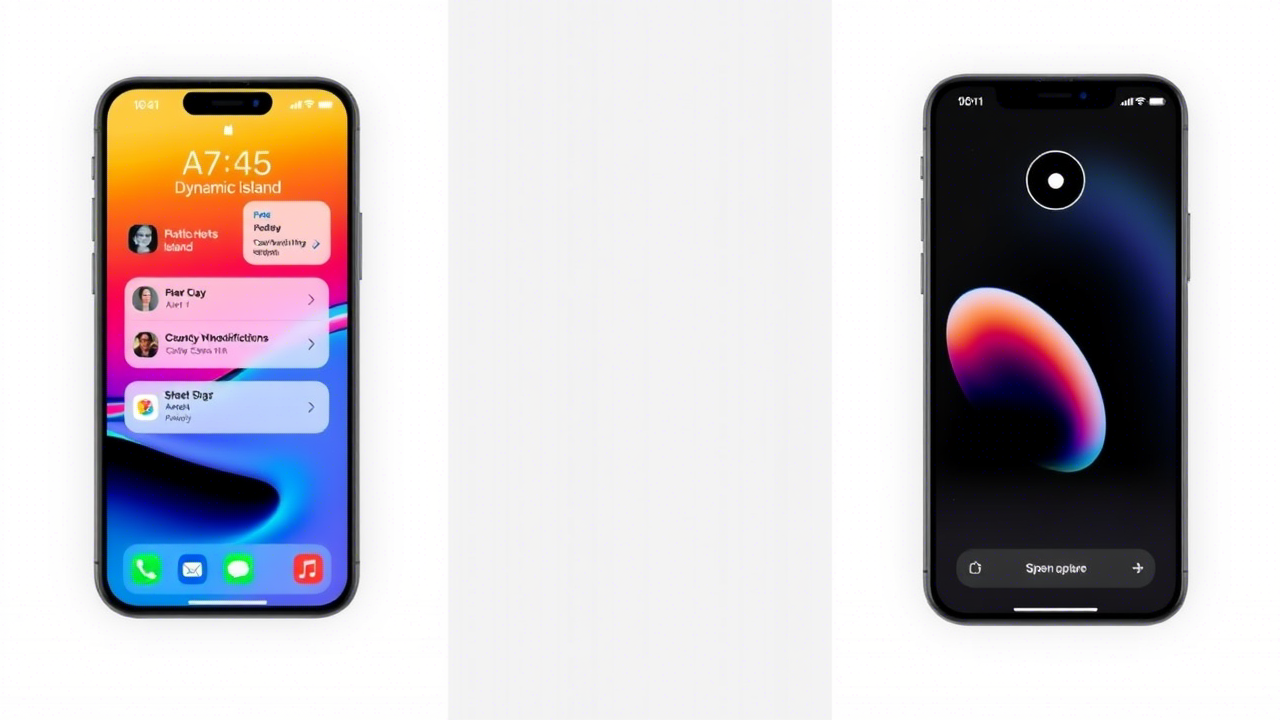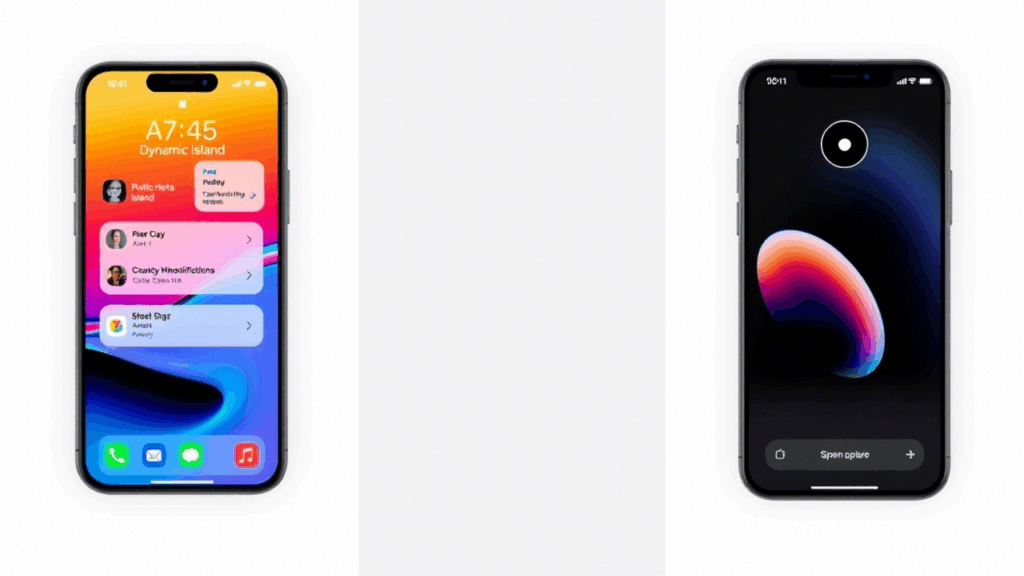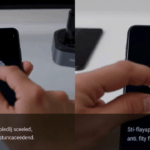Dynamic Island vs. Punch Hole Camera: A Calm Comparison
In the ever-evolving world of smartphone design, display innovations continue to shape how we interact with our devices. Two notable approaches to front-facing camera placement are Apple’s Dynamic Island and the more traditional Punch Hole Camera. Both have their merits, but which one offers a better user experience? Let’s explore the differences in a relaxed, thoughtful manner.

What Is a Punch Hole Camera?
The punch hole (or “hole-punch”) design is a simple cutout in the display for the front-facing camera. It’s minimal, unobtrusive, and widely adopted by Android manufacturers like Samsung, Google, and OnePlus.
Pros:
✅ Discreet & Space-Efficient – A small hole takes up minimal screen real estate.
✅ Widely Adopted – Many Android phones use this design, making it a familiar choice.
✅ Cost-Effective – Simpler to implement than more complex solutions.
Cons:
❌ Static & Non-Interactive – The hole is just a cutout; it doesn’t serve any additional function.
❌ Can Be Distracting – Some users find it noticeable during full-screen content.
What Is Dynamic Island?
Introduced with the iPhone 14 Pro, Dynamic Island is Apple’s interactive take on the front camera cutout. Instead of just being a hole, it transforms into a live activity hub, showing notifications, music controls, timers, and more.
Pros:
✅ Functional & Interactive – More than just a camera cutout; it enhances usability.
✅ Smooth Animations – Apple’s software integration makes transitions feel natural.
✅ Minimizes Distraction – By turning the cutout into a feature, it feels less intrusive.
Cons:
❌ Larger Than a Punch Hole – Takes up more screen space when active.
❌ Limited to iPhones – Only available on recent iPhone Pro models.
❌ Software-Dependent – Requires app support to fully utilize its capabilities.
Which One Is Better?
The answer depends on what you value most:
- If you prefer simplicity and minimalism, the punch hole is a clean, straightforward solution.
- If you enjoy interactive features and animations, Dynamic Island offers a more engaging experience.
Neither is inherently “better”—they simply cater to different preferences. Android users may appreciate the punch hole’s subtlety, while iPhone users might enjoy Dynamic Island’s added functionality.
Final Thoughts
Smartphone design continues to evolve, and both Dynamic Island and punch hole cameras represent thoughtful approaches to balancing screen space and functionality. Whether you prefer the understated elegance of a punch hole or the dynamic utility of Apple’s solution, the choice ultimately comes down to personal preference.


